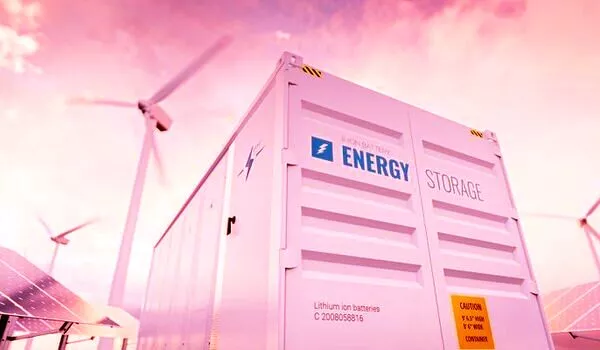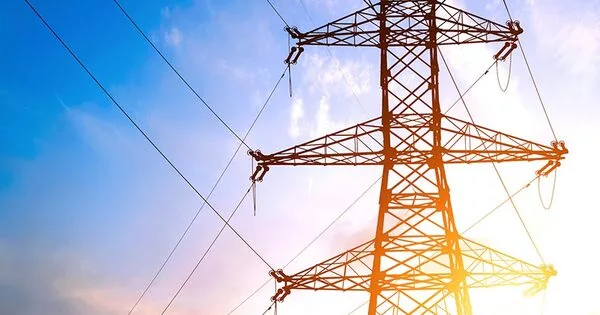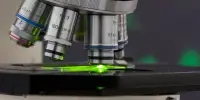The electric power grid operates on a delicate balance of supply (generation) and demand (consumer use). One method for balancing fluctuations in electricity supply and demand is to store electricity during periods of relatively high production and low demand, then release it back to the electric power grid during periods of lower production or higher demand. In some cases, storage may provide economic, reliability, and environmental benefits. Depending on the extent to which it is deployed, electricity storage could help the utility grid operate more efficiently, reduce the likelihood of brownouts during peak demand, and allow for the construction and use of more renewable resources.
Electric vehicles require power to be available anywhere and at any time to recharge, but solar and wind are intermittent energy sources that do not provide on-demand power. And any electricity generated must be stored for later use rather than being wasted. New research reveals a more stable method of storing this vital energy.
Electric vehicle (EV) sales have increased exponentially in recent years, as has the demand for renewable energy sources to power them, such as solar and wind. According to the International Energy Agency, there will be nearly 1.8 million registered electric vehicles in the United States by 2020, which is more than three times the number in 2016. (IEA).
Development of high-performance RFBs will enrich the category of electricity energy storage systems and complement the shortcoming of intermittent renewable energy sources, therefore largely improving the usability of electricity powered facilities, such as vehicles.
Dr. Wei Wang
Electric vehicles require power to be available anywhere and at any time to recharge, but solar and wind are intermittent energy sources that do not provide on-demand power. And any electricity generated must be stored for later use rather than being wasted. That’s where Dr. Yu Zhu, a professor in the School of Polymer Science and Polymer Engineering at The University of Akron, and his research team come in, by developing a more stable way to store this vital energy.
Electricity power stations, like gas stations today, require a storage system to keep the electricity for EV charging constantly charged. Low-cost, scalable redox flow batteries (RFB) are one of the best technologies for such a system; however, current RFBs use expensive and environmentally hazardous active materials (electrolytes). Water-soluble organic materials have recently been proposed as future electrolytes in RFBs (namely aqueous organic RFBs, or AORFBs). Organic electrolytes can be obtained from renewable sources and produced at a low cost. However, a major barrier to AORFBs is the lack of stable water-soluble organic electrolyte materials, particularly the positive electrolyte (catholyte).

Zhu’s research group, in collaboration with scientists in Pacific Northwestern National Laboratory led by Dr. Wei Wang, successfully developed the most stable catholyte (positive electrolyte) to date in AORFBs and demonstrated cells that kept more than 90% of capacity over 6,000 cycles, projecting more than 16 years of uninterrupted service in a pace of one cycle per day. Their research was recently published in Nature Energy and included contributions from Zhu’s doctoral students Xiang Li and Yun-Yu Lai.
“Development of high-performance RFBs will enrich the category of electricity energy storage systems and complement the shortcoming of intermittent renewable energy sources, therefore largely improving the usability of electricity powered facilities, such as vehicles,” says Zhu. “To significantly improve the performance of aqueous organic RFBs, the urgency of developing new catholyte is crucial.”
The team not only demonstrated a state-of-the-art catholyte in AORFBs in the Nature Energy paper, but also provided a brand-new strategy for designing water soluble catholyte to improve their solubility (energy density) in water. Instead of attaching a hydrophilic functional group to improve molecule solubility, the researchers change the symmetry of the molecules, resulting in a dramatic increase in solubility. The team intends to design new materials with the new design strategy in order to further mature the RFBs.
Based on the technology developed in this study, a patent application has been filed. The materials’ scalability will be investigated further at Akron PolyEnergy Inc., a UA spin-off company co-founded by Zhu that focuses on the development of materials in energy storage devices such as lithium-ion batteries and flow batteries.














